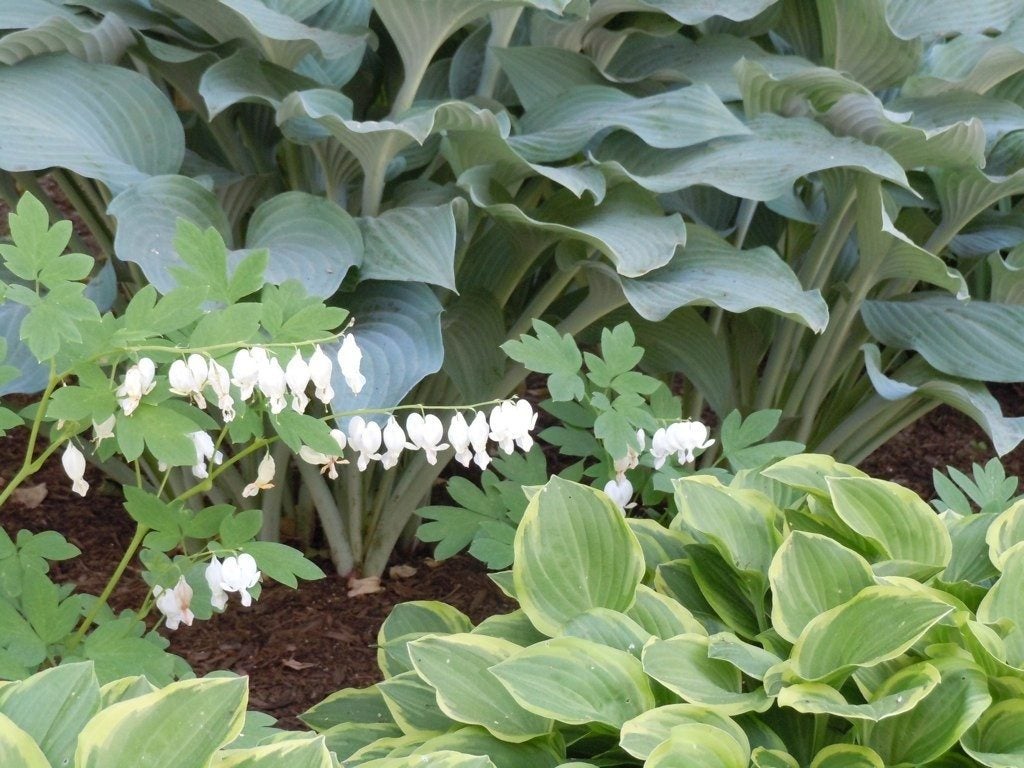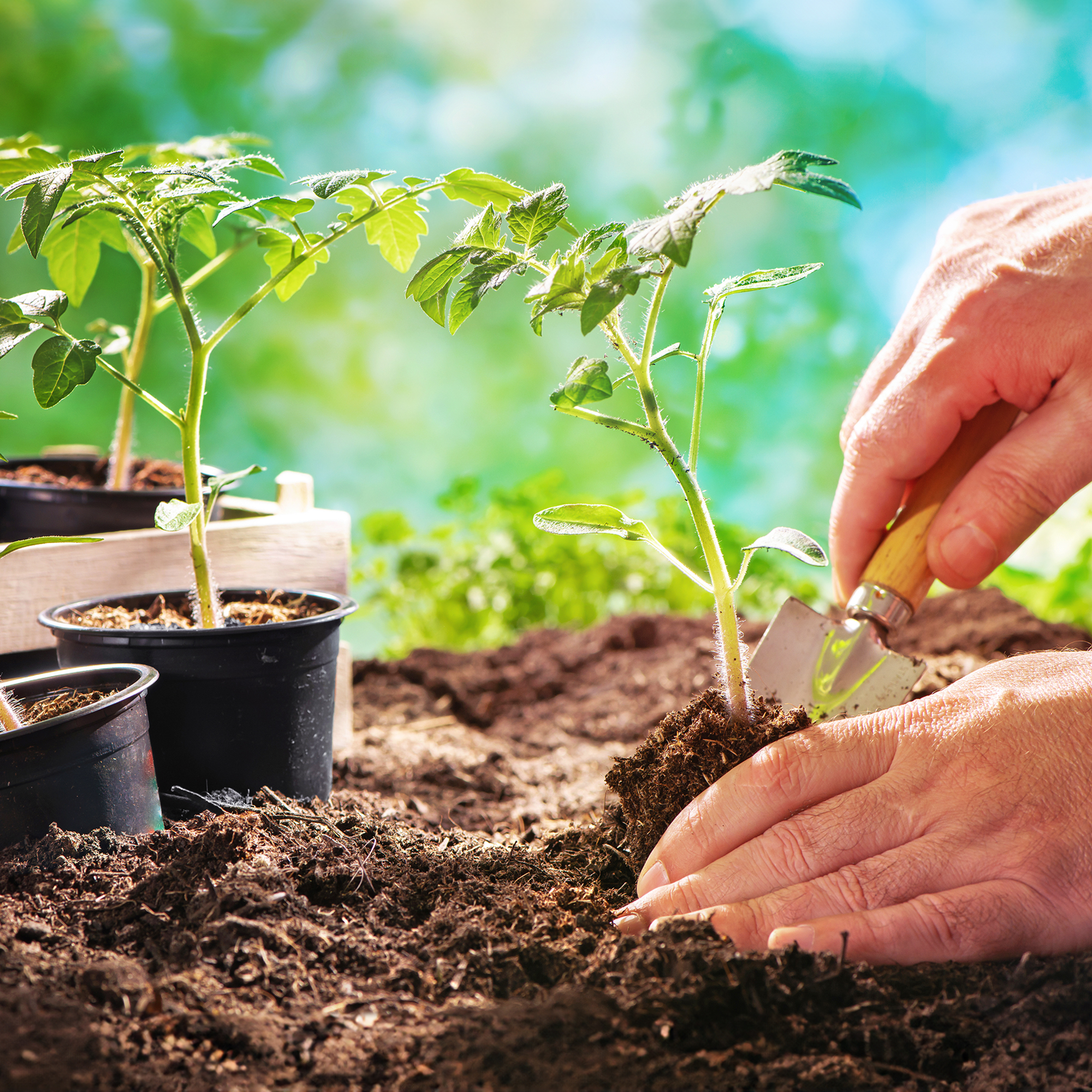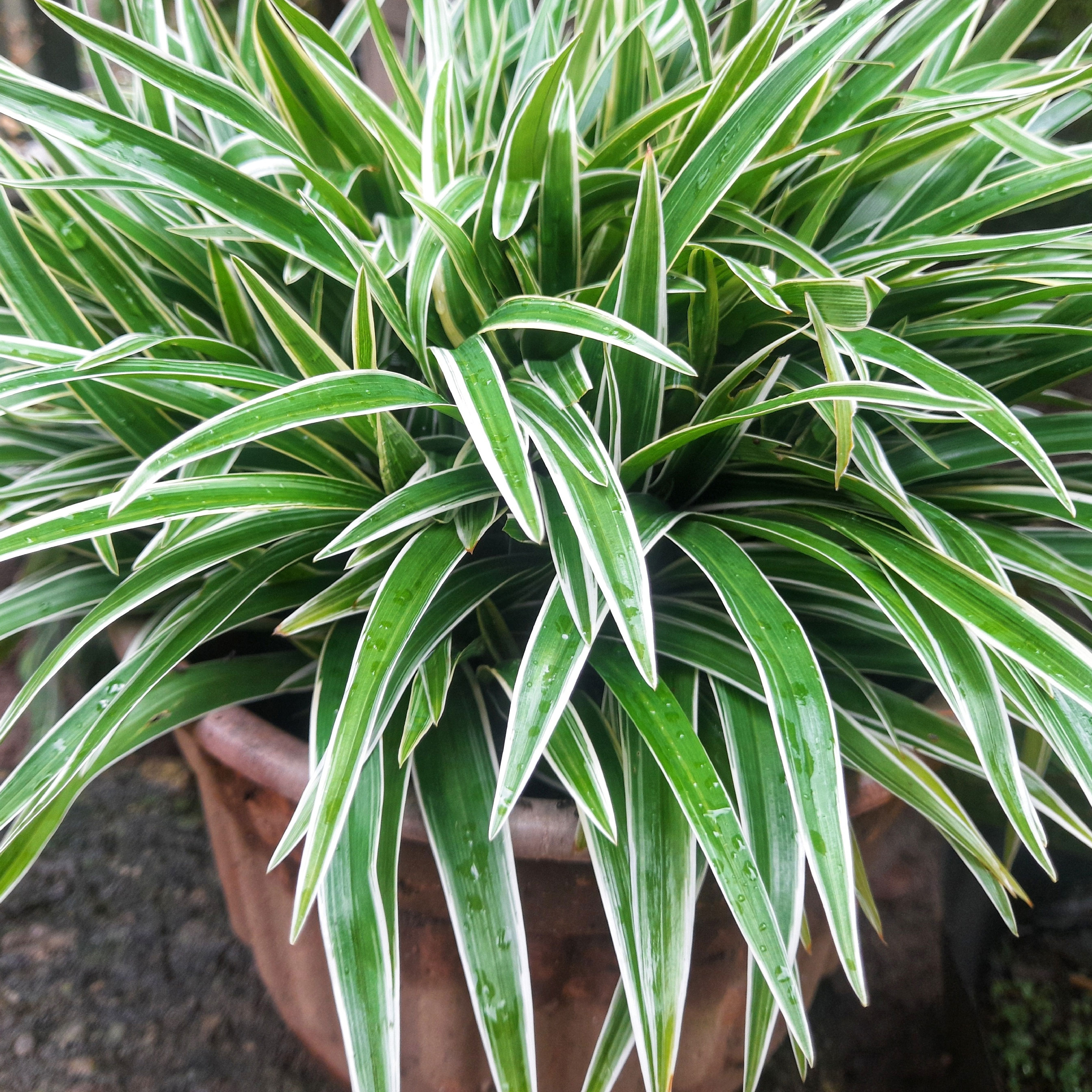Sickly Lawn Into Healthy Turf


Growing perfect turf grass is a skill people master in university horticultural programs. It’s both an art and a science, and the end goal can be circumvented by so many different issues. I inherited a patchy, weedy, muddy lawn, which while still not perfect, is better than when I received it after diagnosing and correcting several problems.
Diagnosing in the Garden
One of the most important skills a gardener can develop is the ability to diagnose a problem. What’s causing yellowing leaves? Lack of growth? Wilting leaves? Eventually, you learn. You can read the signs and what your plants are telling you.
Diagnosing and correcting problems in a turf lawn is another level. One reason growing turf is so challenging is that it isn’t natural. Nature doesn’t produce perfectly green monocultures. A lawn requires a constant input of maintenance to stay in this unnatural state.
When I moved into my current home, its lawn stood out. It was patchy. There were a lot of weeds. And, with several big trees throwing shade, moss and dirt outcompeted grass in many areas. Not knowing much about growing turf, it took years to diagnose all the problems.
Shade
Shade in my garden has been the primary issue with growing grass in several areas. With several old maples, a walnut, and an oak tree, shade is plentiful. I don’t consider this a problem, exactly, but in learning about growing turf, I can definitely diagnose it as the number one barrier to growing a perfect carpet of green.
I did not correct this issue by cutting down trees, of course, although we do get them trimmed regularly. We — my husband and I — have taken a variety of approaches to avoiding dirt spots under trees.
First, we have reseeded some areas with shade-tolerant grass seed, mostly fine fescue. This has bulked up some of the turf, but in the deepest shade, I have happily accepted the green offered by moss. I have also embraced other grass alternatives. In my deepest shade corner, I have a lovely patch of ferns that thrive in the low light.
Gardening tips, videos, info and more delivered right to your inbox!
Sign up for the Gardening Know How newsletter today and receive a free copy of our e-book "How to Grow Delicious Tomatoes".
Grubs
One problem that took some time to diagnose as a newbie in the world of turf was damage caused by grubs. Even in sunny areas where most of the grass grew well, we had brown patches. I expected and accepted that grass in sunny areas would brown up over summer, but these were irregular patches surrounded by areas of green.
It took some research into grass problems to determine the cause. The first sign I had that it might be grubs was that the spots felt loose and spongy. Grubs nibble at the roots, detaching grass from the soil, which causes this effect. When I suspected grubs, I actually dug into the ground and found the culprits: white and fleshy with darker heads. Although I don’t like to use chemicals, pesticides seemed necessary here and took care of the problem.
Compacted Soil
Isolated problems like shade and grubs caused isolated damage or patchiness. We also seemed to have an overall issue with the grass being patchy and thin throughout the lawn.
The grubs were fairly easy to diagnose compared to this issue. As someone new to being responsible for a lawn, I had no idea compacted soil could be a problem. One sign I now would recognize right away include the fact that it was nearly impossible to dig into the soil in areas where I wanted to replace grass with other plants, like ferns.
Another was the shallow root system in much of the lawn. When soil gets dense and packed, it’s hard for grass to send down roots into it. We also had areas where water would puddle after the rain. Aeration every few years has been a good solution to breaking up the soil and allowing grass roots to move more freely and deeply.
Diagnosing problems in the garden is easier now than in the past. There are so many online resources to help. In spite of this, it still takes experience to really read your plants. The longer you garden, the easier it gets to understand what ails them.
Note: Any recommendations pertaining to the use of chemicals are for informational purposes only. Chemical control should only be used as a last resort, as organic approaches are safer and more environmentally friendly.

Mary Ellen Ellis has been gardening for over 20 years. With degrees in Chemistry and Biology, Mary Ellen's specialties are flowers, native plants, and herbs.
-
 Best Soil Tor Tomatoes: How To Cultivate The Perfect Blend & Add Amendments For A Bountiful Harvest
Best Soil Tor Tomatoes: How To Cultivate The Perfect Blend & Add Amendments For A Bountiful HarvestGive your tomato plants the foundation they need. Learn how to mix the ideal soil and choose the right amendments for your most abundant harvest yet.
By Amy Grant
-
 Want To Know How To Make A Spider Plant Bushier? 4 Secrets For Lush & Bushy Spiders
Want To Know How To Make A Spider Plant Bushier? 4 Secrets For Lush & Bushy SpidersAre you looking for ways to make your spider plant look bigger or more dramatic? Follow these quick and easy tips on how to make a spider plant bushier
By Teo Spengler